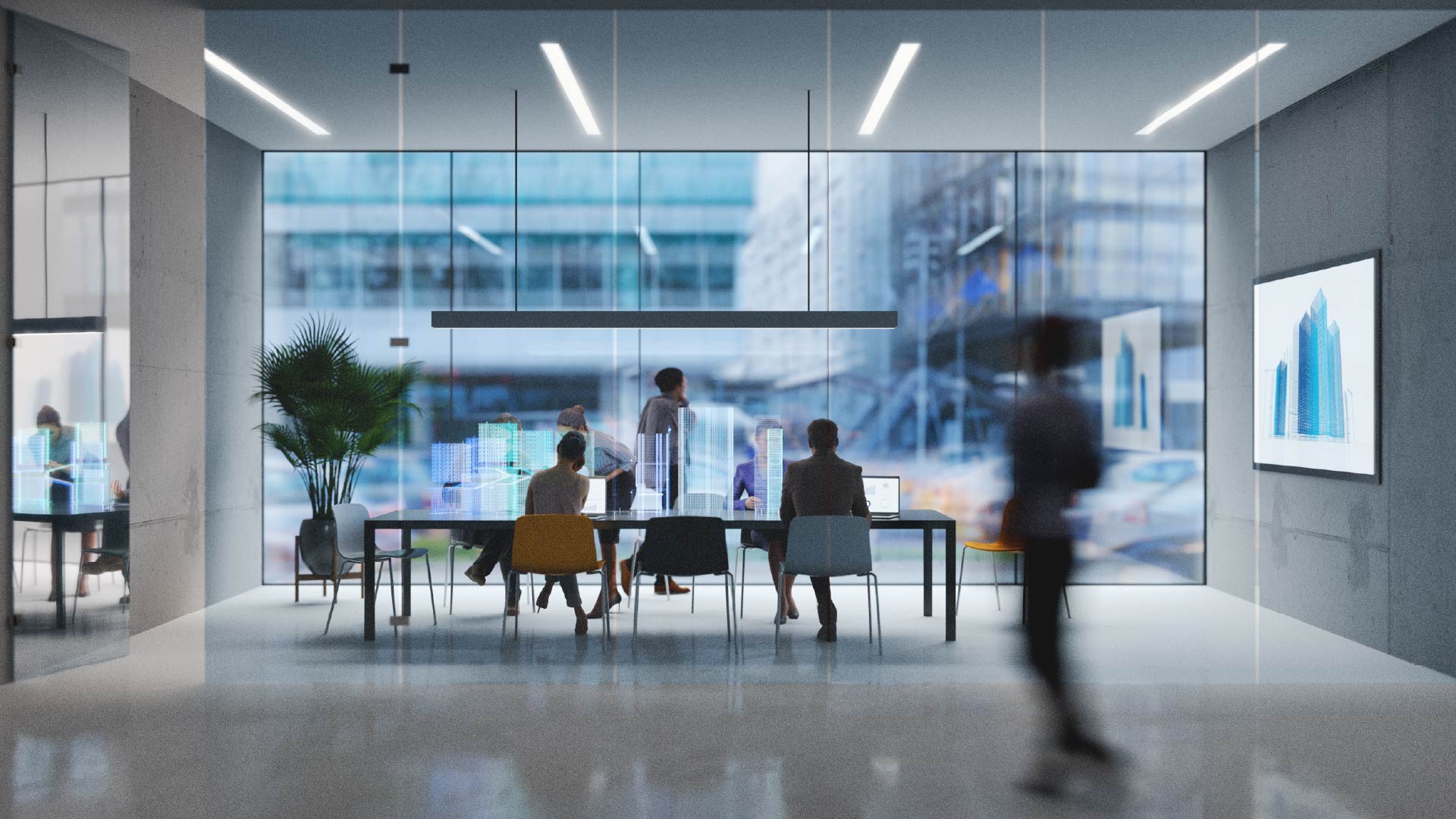Moving Forward, Not Back: Enabling Hybrid Work Involves Re-envisioning Employee Engagement

Sandy Rogers
Discussions at this month’s Hybrid Work Conference (HWCon2022) echoed findings from our research and from the industry at large. Knowledge workers have largely been able to work remotely – especially when given effective digital tools, communications, and leadership. The flexibility that hybrid and remote working models has bestowed on employees’ time is golden. Some individuals have experienced positive gains by reducing commutes or allowing for flexible work schedules to help better balance work and life pursuits. Companies have also recognized productivity gains.
Business and workforce leaders anticipate that a hybrid mix in and out of office will remain a primary working paradigm, yet they are eager to drive more activity in the office. They want to reinforce organizational culture and enable connection, and want to see more value from their languishing office space.
Some key themes that emerged from the conference:
- Companies are perplexed as to how to structure hybrid work policies. The overall consensus is that policies will be dependent on each organization, department, and even individual. It’s not a one-size-fits-all.
- Return-to-office mandates are, for the most part, not working. Workforce leaders and middle management are especially stressed trying to positively influence employee behaviors and to manage senior management expectations.
- A large belief is that the primary purpose of the office will be to foster connectivity and collaboration. Companies are looking to support teamwork, both in and out of physical workspace.
- Firms are planning on, or are already in the throes of, redesigning and rightsizing their offices to align to expected future use patterns. Workplace and facilities professionals are challenged with accommodating highly variable shifts in occupancy rates. This variability bleeds into amenity and facility service planning as well.
- Equipping rooms with proper technology is increasingly important in a hybrid work world. Digital equity means not only access to enterprise applications and workplace tools. It means outfitting individuals and spaces to ensure those who are not physically in a room are immersed in the conversation and experience, and that they are on equal footing to contribute and be acknowledged.
Companies are striving to ensure high levels of worker satisfaction. The emphasis on providing more flexible work options is especially important as the power dynamic remains skewed toward employees within a tight labor market. Even if economics change that power ratio, the human aspects of workplace operations and space design should continue to be a guiding star to enterprises as they navigate forward.
Any thoughts or feedback on this blog? Get in touch with us by emailing [email protected]
About The Author

Sandy Rogers
Principal Analyst





